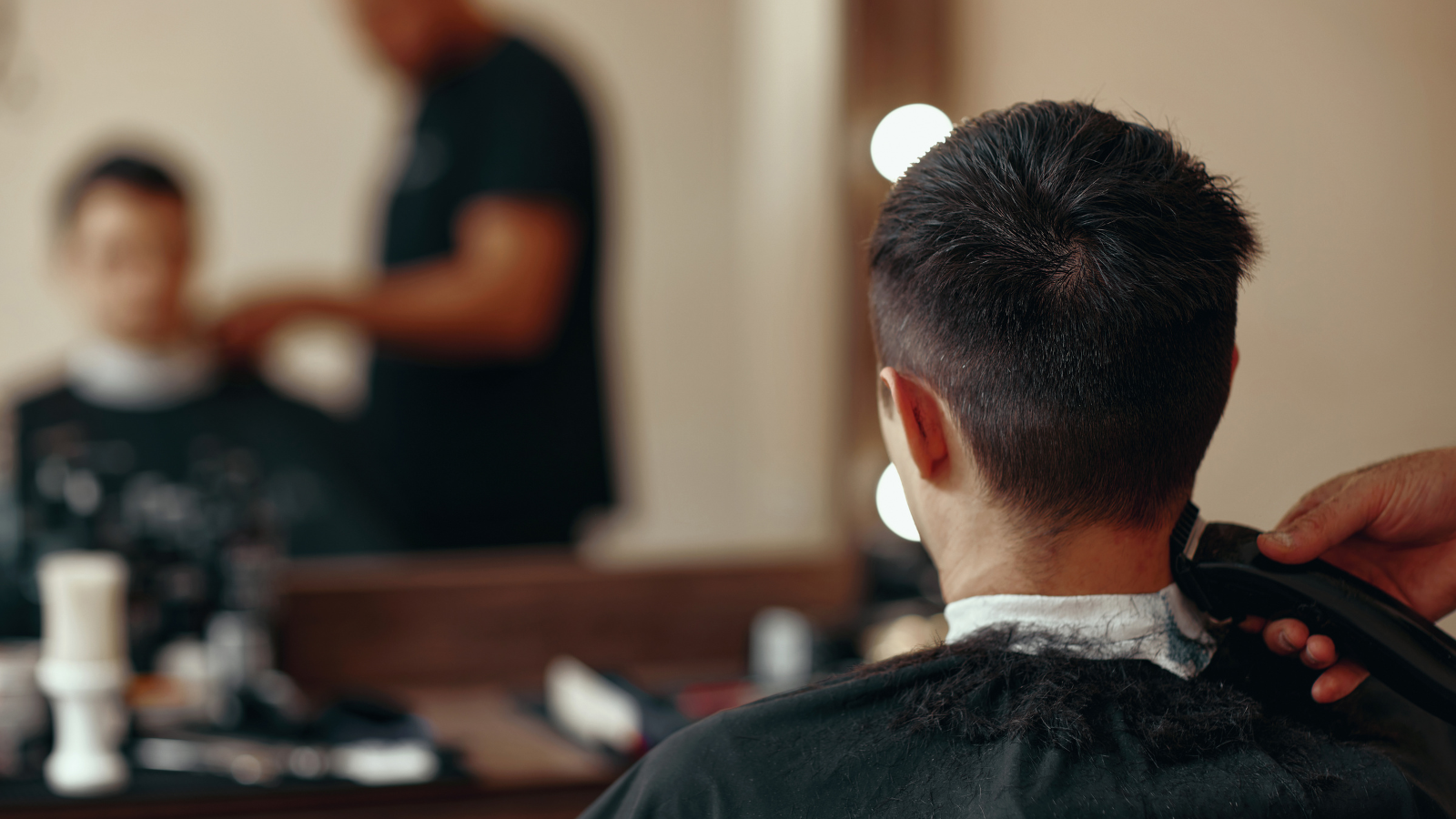“Men won't CLAM up if you're male-friendly!” A brief guide to supporting men’s mental health.
By John Barry, Martin Seager, and Louise Liddon
CLICK HERE TO DOWNLOAD THE INFOGRAPHIC PDF and supporting material
You notice that your dad is acting strangely. He’s remote and tense. You know something is bothering him but you don’t know how to talk to him about it. What do you do?
One of the guys at work is making mistakes, turning up late and taking days off. He’s not normally like this. What’s wrong with him?
You run a helpline for mental health issues. You find the men phone up once, don’t talk for long, hang up without saying very much and never call back. How might you improve these conversations?
Last year the BPS published guidance on therapy for men, authored by Martin Seager and I. This has had a moderately good reception, but probably hasn't reached some of the places it is needed, such as people dealing with family members, people working in informal men's support groups, and volunteers working on helplines. So this new guidance should be a useful summary of the guidance for professional therapists, and a good starting point for everyone else.
The BACP recently also come up with some advice on identifying depression in men. Some of the advice is quite good, for example, highlighting that anger can be a symptom of depression in men. However some of the advice was somewhat stuck in the victim-blaming of recent decades e.g. the opening paragraph blames stereotypes for men not talking about their problems, blames "adherence to traditional masculine roles" for emotionally stoic isolation, and blames "traditional gender norms" for men bottling up anger. So although it’s good that they flag up that male depression can be expressed differently to female depression, it is a pity that masculinity is being seen as a barrier rather than something potentially useful.
Against the backdrop of this thinking, the Centre for Male Psychology has come up with 'bite size' guidance of five points to think about in relation to men’s mental health. This is in three parts. The first part is the article you are reading now, which gives some background to the guidance. The second part is the five points, summarised in a paragraph each, on one side of A4. The third part is an infographic which illustrates the five points in an even briefer form.
The intention is that people working with men, or who might have a male relative with problems, can print off the materials, or look at them on their phone as a quick guides as to how that might handle the situation.
“…if we approach men in a male-friendly way – which is essentially with empathy and understanding - they are less likely to clam up, and might even give you a pearl of wisdom.”
Who is it for?
This guidance is written without jargon in order to be understood by the average person, but what is described is relevant to people who help men professionally, such as helpline workers and therapists. There are some parts that are more for the lay person, for example, the suggestion of walking and talking in the park won’t work so readily for people who work in a standard clinic, but on the other hand therapists can very usefully take on many of the suggestions e.g. the advice regarding patriarchy theory. People should use their common sense or professional guidelines, when using this guidance. For example, a man might be angry because he is traumatised, but you shouldn’t put yourself unreasonably in danger in trying to help him. Also, psychologists shouldn’t breach any of their professional codes e.g. if a client wants to talk about something highly sensitive in a public place like a busy café, consideration should be given regarding confidentiality and boundaries. In other words, people should use their best judgement given the situation.
Outline of the materials
One of the key points is recognising that men who are depressed, traumatised or distressed don’t always look sad or deflated, they may appear to be withdrawn or hostile, and may be taking substances more than usual. It’s like the tale of the lion with the thorn in it’s paw – almost everyone is afraid to approach someone who looks angry. But with some courage, and within the boundaries of our own personal safety, it’s possible for us to see beyond the anger and do something to help.
Another important point relates to helping men in a way they are likely to respond to. Too often we ‘do unto others as we would like to be done to’ without realising this might not suit all others. In regards to men’s mental health, people often think that getting them to talk about their feelings is the key, and although there is some truth to that, sometimes we are trying to unlock the front door when the side door is wide open. The other points are about recognising the kinds of life events that are most likely to impact men but may be overlooked; the benefits of action-orientation and activities; and avoiding negative ideas about men, such as toxic masculinity or patriarchy theory, which at best might be considered luxury beliefs, and at worst might backfire.
‘He’s not A CLAM!’
We didn’t start out with the intention of having an acronym, but when the idea was suggested the word ‘CLAM’ stood out, and putting the ‘A’ before it fitted nicely. Apart from ‘CLAM’ identifying the five key words of our message, it suggested the phrase “to clam up” i.e. refuse to talk. This is something that men are often accused of – unjustly I believe – and reminded me of what Dr Joe McDonagh said in the 2021 Male Psychology Conference: “Don’t just try to get men to open up – they are not a can of beans”. We are not entitled to know another person’s thoughts and feelings, so we can’t just demand that men talk to us about their feelings, especially when people may not be equipped to respond to what might be said. Some men have experienced sharing their feelings but find it backfires on them, for example, the 41% of men who said they regretted opening up, usually because the person they spoke to didn’t seem to respect them or understand their problem.
Based on research and clinical evidence (for example Martin Seager’s Man Talk workshop for helpline workers) it seems likely that if we approach men in a male-friendly way – which is essentially with empathy - they are less likely to clam up, and might even give you a pearl of wisdom. It should be born in mind this is a work in progress, and we value feedback from others (please leave comments below the article) and very much welcome good quality male-friendly research on this topic. If you want any further information on this topic, or training in understanding male psychology, you can find our textbook here and online course here.
Acknowledgements
Special thanks to counsellor Jennie Cummings-Knight, psychotherapist Zac Fine, counsellor Phil Mitchell, and others not named here, for their feedback on the materials.
Disclaimer: This article is for information purposes only and is not a substitute for therapy, legal advice, or other professional opinion. Never disregard such advice because of this article or anything else you have read from the Centre for Male Psychology. The views expressed here do not necessarily reflect those of, or are endorsed by, The Centre for Male Psychology, and we cannot be held responsible for these views. Read our full disclaimer here.
Like our articles?
Click here to subscribe to our FREE newsletter and be first
to hear about news, events, and publications.
Have you got something to say?
Check out our submissions page to find out how to write for us.
.















































